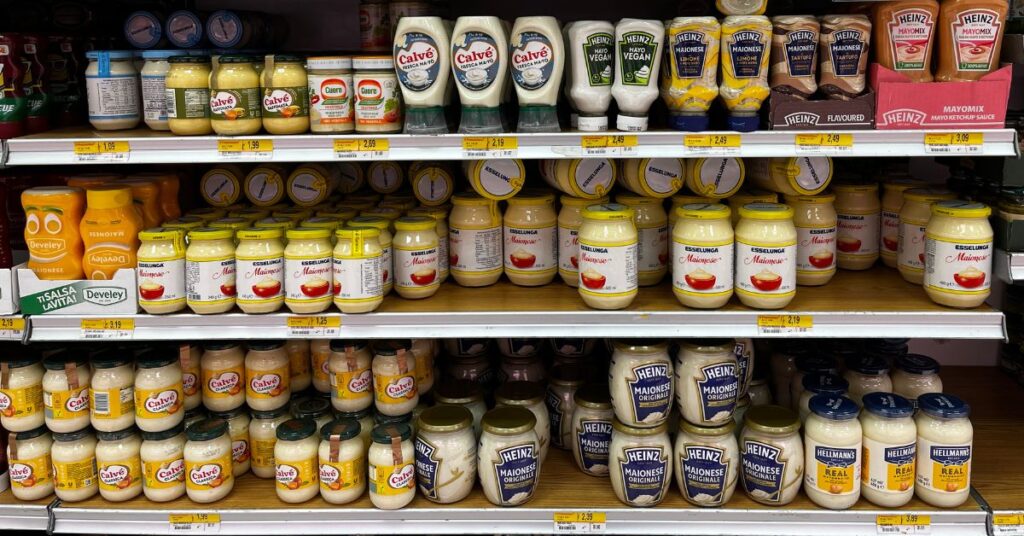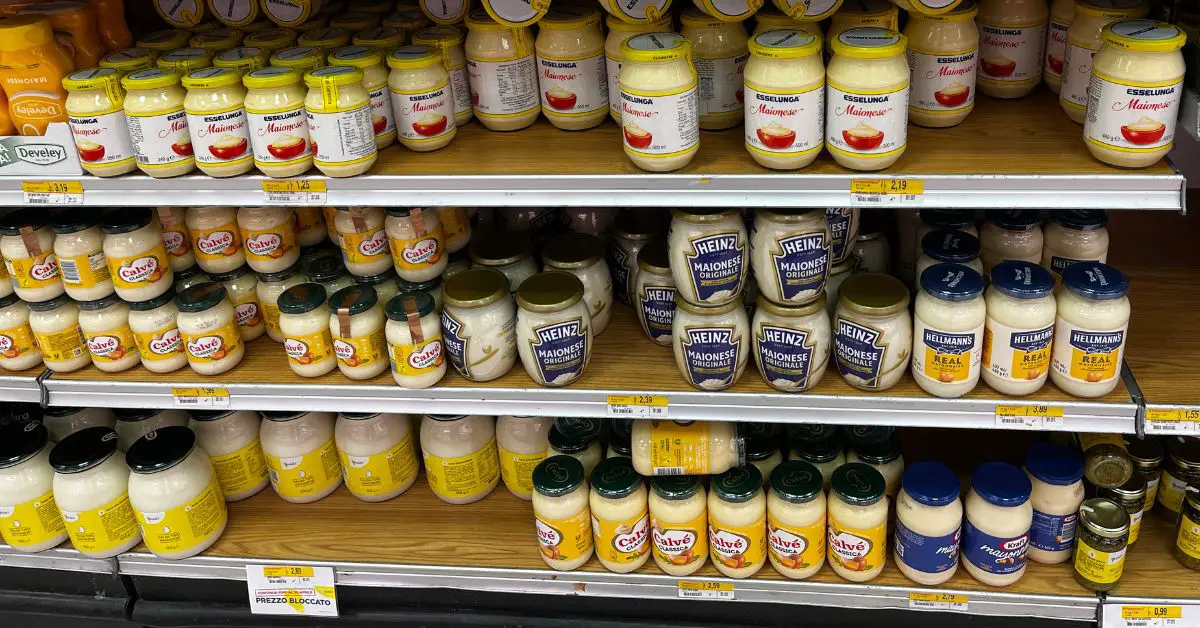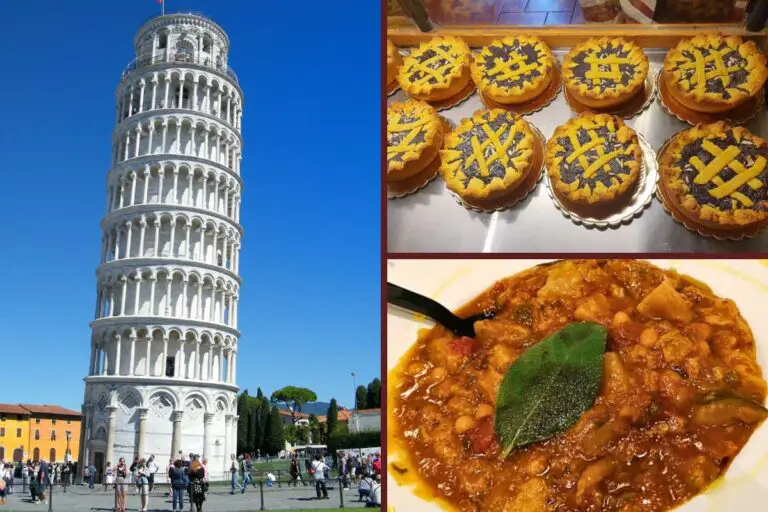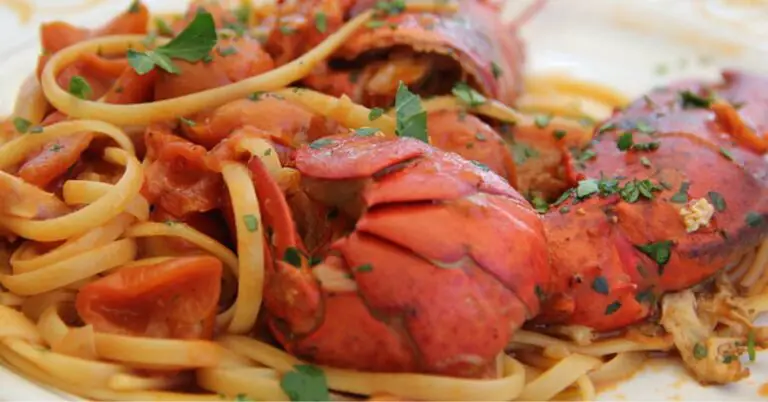Nutritious, voluptuous and definitely belonging to the most impetuous sins of gluttony, the mayonnaise (maionese in Italian) has always been the protagonist of numerous dishes, sandwiches and street food delicacies of world cuisine. In the USA it is a kind of queen of the table, maybe even the most loved among the sauces, but how is it accepted in Italy, do we eat it or not?
Yes, Italians like mayonnaise, they love it: according to recent statistics (Nielsen, 2017), consumption has recently grown by 1.5%, creating an increase in turnover in the sector of 0.2%, making this sauce the most consumed by Italians, with over 52% of total revenue.
Numbers that also include the proposal present in supermarkets and discount stores and that provide a broad overview of the current situation. Indeed, the same research showed that BBQ sauce is also doing well in Italy; while the old “king” on the podium, ketchup, the sauce that everyone thinks we hate but that we actually love, is slowly losing position.
Italians’ tastes have suffered fluctuations over time: basically, there is the fact that we are not great lovers of the “flavors’ covering”. We use sauces (and toppings) parsimoniously and only when we are convinced that they can enhance a particular taste, without covering it. Another essential piece of the puzzle: when we can, the condiments are promptly prepared by us!
We are not used to making ketchup or BBQ sauce at home (until a few years ago, one of our most frequent orders at the pub) but, regarding the mayonnaise, we are crazy about its homemade version, based on fresh and genuine ingredients. I assure you that we are talking about a completely different flavor from the industrial one!
Even the consistency on the palate suffers variations and this is the reason why the recipe for this particular sauce is often passed down from generation to generation. And there are grandchildren who cannot wait for their grandmother to prepare their own version of mayonnaise.
At this point, I have to reveal to you a secret: my compatriots and I are crazy about the pink sauce. I will tell you what it is further down in the article.
Typical Italian dishes with mayonnaise: do they exist?
Normally, mayonnaise in Italy is mostly used to accompany boiled eggs, stuff canapés and garnish fish and vegetable dishes.
Update! I came up with a traditional Italian dish with Mayonnaise as the main ingredient: Vitello Tonnato. Thinly sliced slices of veal submerged in a creamy sauce made with tuna and mayonnaise.
However, (except the aforementioned Veal) there are no typical Italian courses in which mayonnaise stands out as an inevitable or main ingredient although, especially in seaside cities, this sauce is almost automatically offered alongside fish, octopus and shellfish salads.
A more refined variant is the classic prawn cocktail. Another dish in which this tasteful sauce dominates the scene is potato salad, loved in all regions of my country, especially the innermost ones, where winters are colder and ingesting energy and warmth from a single and plentiful course is an obligation.
The Italian Christmas table is famous for being very rich in proposals and courses of all kinds, some coming from our tradition and others absorbed by the countries’ customs. Mayonnaise for example is the absolute queen of New Year’s Eve because on that occasion, in Italy we eat insane quantities of Russian salad (Olivier salad)!
Little trivia about us Italians and mayonnaise: it may surprise you, but for us the basic sauce with which to accompany French fries is not ketchup, but mayonnaise.
Naturally, Italian tramezzini (triangular sandwiches made with soft white bread) are also often served with a mayonnaise filling that goes well with both vegetable and meat-based ingredients.
On the other hand, where this sauce is practically banned is on pizza; finding a match is almost impossible, even if there are some exceptions.
In the city of Pesaro (Marche), for example, Pizza Rossini (which takes its name from Pesaro composer, Gioachino Rossini) is very popular, a sort of marinara with hard-boiled eggs and mayonnaise as a frame. Honestly, let’s be clear, I don’t even know if I would taste it, but if it exists here, apparently some Italians like it.
What about pasta and mayo?
If for pizza we have seen that there are rare exceptions, what we do not compromise on at all is (of course) pasta! No Italian with any self-respect would ever dream of dressing a plate of spaghetti with mayonnaise; pasta and mayo, are two ingredients that are simply forbidden to combine on Italian soil.
Mayonnaise at the Italian restaurant
In short, in Italy mayonnaise, while not exactly a traditional sauce, is used and loved: even, when it is possible, prepared at home. So, we are not talking about an ingredient that is difficult to find.
In any tavern and pub, you can ask for the quantity you prefer and, in some cases, you could be lucky enough to receive not the usual dispenser or the classic pockets but a cup of freshly prepared sauce with the highest quality ingredients.
As concerns upmarket or traditional or touristy restaurants, you may get some negative responses if you ask the waiter to bring you some mayonnaise while you are eating a dish.
It could be seen as wanting to alter the flavors of the dish prepared by the chef and it is probable that we do not have ready-to-serve industrial mayonnaise in the kitchen.
Mayonnaise at the Italian supermarket

As one of the most widely used sauces in Italy, mayonnaise is an easily available product, so you can find it on the shelves of small grocery stores as well as in large supermarkets.
I myself am one of the supermarket frequenters who often buy mayonnaise in jars, using it for panini, tramezzini and toast, but also often eating it along with hard-boiled eggs, a great classic homemade combo.
The Italian mayonnaise recipe
Speaking of homemade mayonnaise, these are the ingredients of the classic Italian way recipe:
- fresh egg yolks
- lemon juice
- extra virgin olive oil
- salt
In some variants, it is also possible to find white wine vinegar, seed oil and black pepper.
The preparation can take place whether manually and with the help of an electric whisk: a significant detail since, depending on the chosen procedure, the quantities of ingredients can vary! Italian stuff…
Salsa Rosa aka Pink sauce: an Italian invention?
I cannot tell you if pink sauce or mayochup is an entirely local invention, but what I am sure of is a contamination of our favorite sauces which could make you turn up your nose.
Basically, we are talking about a mix in which the mayonnaise is literally “dirtied” by a few drops of ketchup, giving life to dressing – I know, it sounds incredible! – more delicate and with a rosé color.
Although some Italian brands have tried to reproduce it in the classic squeeze dispenser, the mainstream version is the only one we make at the table, using the quantities we prefer of the two sauces. On french fries it is just poetry!







